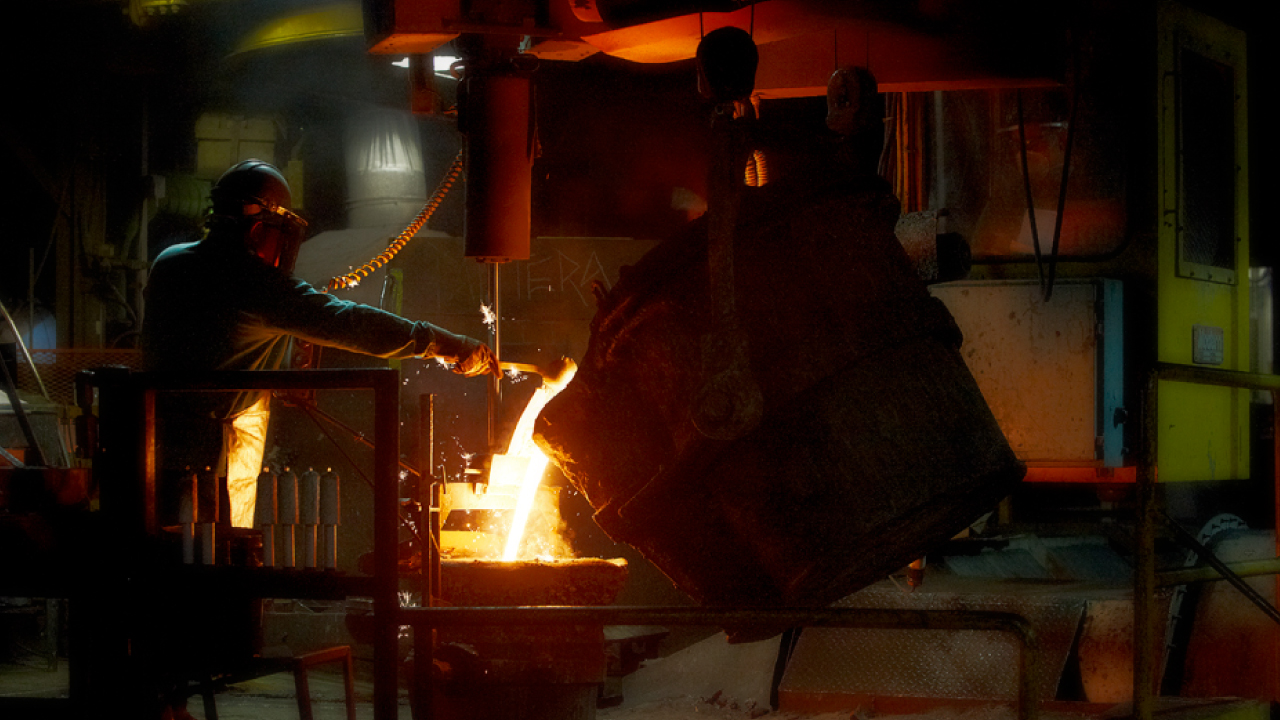
How Foundry Work Has Evolved Over Time
Modern foundry work requires precision, chemistry and diligence. Foundries have a long lineage of engineers and manufacturers who work to produce metal castings in many different means. Their research and work have propelled our modern foundry technology and have helped our industry grow and evolve over time.
Foundry work began in America in the middle of the 17th century. Since then, new technologies and methods of creating metal castings have improved to help streamline the process and get parts to users sooner. Let’s dive into the history of metal castings and how foundry work has evolved over time.
Electric Arc Furnaces
Furnaces are a pillar of modern foundry work. When examining the history of metal castings and how foundry work has evolved over time, it is impossible to miss the improvements of furnaces. When commercial electricity was made accessible to the public in homes and businesses in the late 19th and early 20th centuries, new developments in technology began to emerge.
One of these developments was the electric arc furnace. Created first in 1900, electric arc furnaces give foundries more flexibility in producing and creating metal castings. Their capacity to create molds and castings at lower volumes and their ability to operate intermittently — as opposed to continuously — allowed foundries to adjust their production operations based on supply and demand.
In addition to electric arc furnaces, Induction furnaces also helped propel the evolution of foundry work. Induction furnaces use an alternating current through a coil to induce eddy currents and create heat. This technology is commonly used in modern foundries.
Permanent Molds
Similar to the improvement of furnaces through electricity, permanent mold castings have also improved over time. Pulling foundry work into the 21st century was the introduction of electromagnetic induction technology. The induction coil featured in the development of permanent mold castings helps give a better quality of finish to the casting. In addition, the heat of the coil combined with the cooling metal of the mold provides a reduction in grains and smooths out the surface of the final product.
Continuous Casting
New continuous casting methods accompanied permanent mold improvements. Continuous casting has helped improve modern foundry work significantly. A continuous casting machine makes this process possible. The machine pours molten metal such as carbon steel into a mold. Then, it slowly withdraws the poured material to create continuous lengths of solidified metal.
These stronger metal castings are advantageous in the creation and usage of metal in construction and across other industries. Through various processes and applications, these metal products can be transformed into other products for different purposes as needed.
Quality Testing and Improvements
The evolution of foundry work includes much more than physical production, creation processes and technology; quality testing techniques have also improved. In modern foundries and manufacturing industries, having quality parts and products is paramount for reliable, successful operations. Safety hinges on knowing that a casting or steel bar is going to hold as it is designed.
Scientists and innovators have discovered new ways to test and improve metal castings. Blowing oxygen through molten metal helps reveal impurities and smoothes material for easier pouring. Foundries utilize this method of quality testing with converters. For example, In an electric arc furnace, oxygen can be used to burn out carbon and other impurities in the material. With this process in place, foundries can create clean, reliable alloys.
Recycled material can also be tested and used in foundry work. Steel is one of the most recycled materials in the country. By testing the strength and durability of recycled steel before using it in different molds and castings, foundries can utilize more cost-effective and environmentally friendly methods of production.
The Modern Foundry
In addition to how foundry work has evolved over time, the quality of production has improved, as well. Prospect Foundry has a rich history of producing excellent metal castings across the country. We use new and developing technologies and casting methods to ensure we produce durable, high-quality products for our partners.
We are grateful for our foundry’s lineage and history, but are also looking to the future and developing ways to further improve the products we deliver. If you are looking for high-quality metal castings, alloy melting, or finishing capabilities, contact Prospect Foundry. We will use every tool in our belt to get your product to you with quality and speed.
